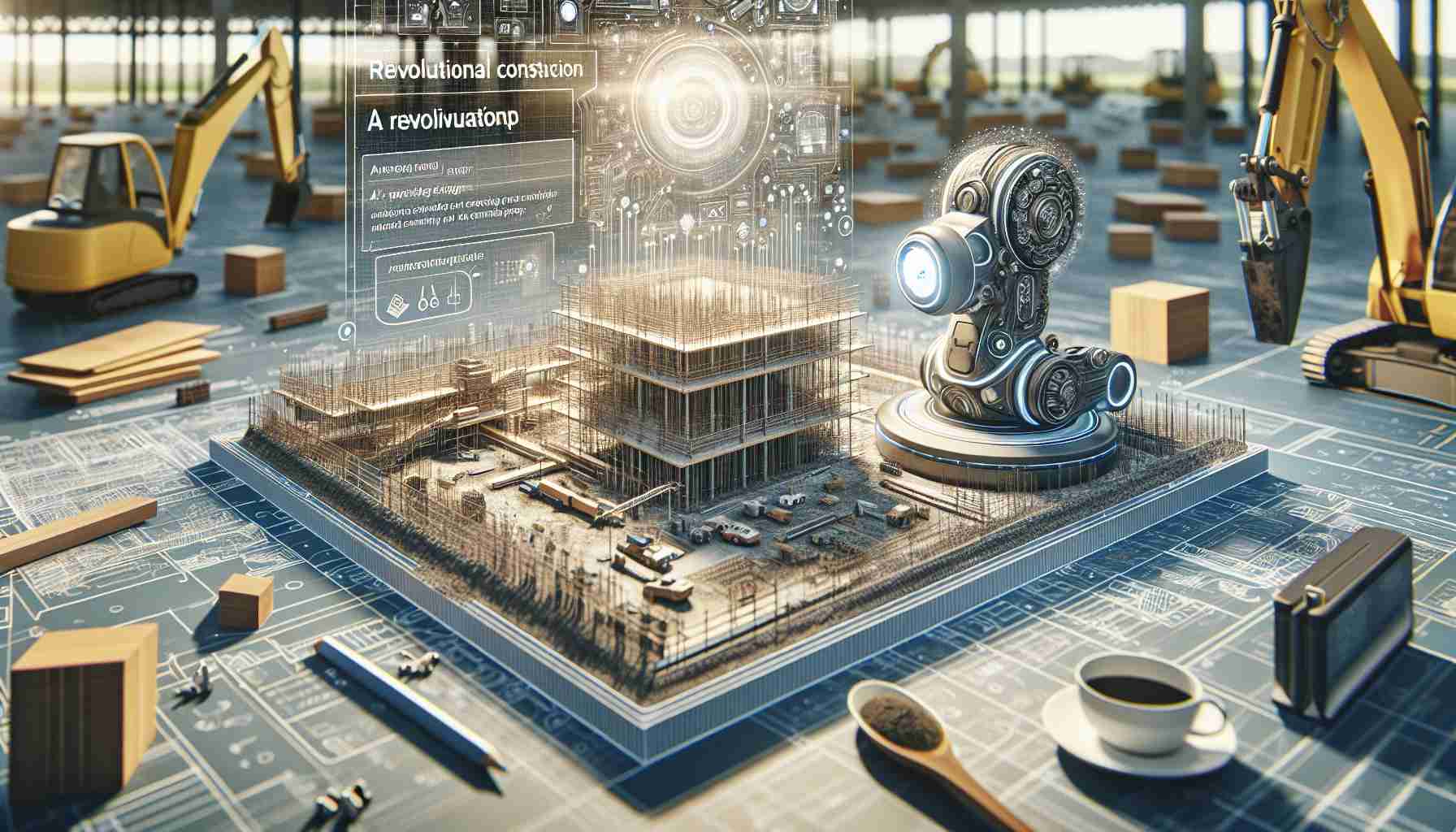Austin’s tech landscape is beaming with innovative endeavors, especially with ICON’s introduction of an AI-driven architecture tool named Vitruvius. Dressed in his signature white cowboy hat and brown boots, ICON co-founder, Jason Ballard, took to the stage with an air of excitement, engaging a captivated SXSW audience with what’s new in the arena of home construction technology.
ICON’s latest development, Vitruvius, represents a transformative approach to designing homes. Using AI, it swiftly converts simple user inputs into detailed house renderings. This cutting-edge technology isn’t just for show; ICON is working towards providing plans ready for construction within a year, all birthed from the algorithms of their AI system.
Austin has long been a tech epicenter, tracing back to tech giants like Texas Instruments and Dell. Recently, a study by the Brookings Institute highlighted Austin as an “early adopter” city with a sizable AI job market share. Big tech companies, including Google, Amazon, Apple, and Meta, have established their presence and are delving deep into AI research.
The city’s commitment to advancing AI is further underscored by educational institutions like the University of Texas, which churns out talented graduates ready to push the limits of technology. UT recently unveiled the Center for Generative AI to bolster this growth.
Locals credit the inventive spirit of Texas and Austin for their unique contributions to the field. ICON’s director of AI research eloquently points out that Austin prides itself on creating real-world solutions, as opposed to cities known mainly for software or virtual reality developments.
Tesla is another tech giant integrating AI into their physical products. After relocating to Austin, Tesla is contributing to the discussion on AI through its breakthroughs in autonomous driving technologies.
On the regulatory front, Senator Ted Cruz and Sonar co-CEO Tariq Shaukat express a need for intelligent oversight that encourages innovation while setting safety standards. With the establishment of a federal AI consortium and a state advisory council, Austin is positioned at the forefront of both AI technological advancement and the important conversations around its regulation.
What is ICON’s new AI-driven architecture tool, Vitruvius?
ICON’s new tool, Vitruvius, is an artificial intelligence program that speeds up the home design process by converting user inputs into comprehensive architectural drawings, with the goal of delivering construction-ready plans within a year.
Why is Austin considered a suitable environment for AI technology development in the construction industry?
Austin has a history as a tech hub, home to several major tech firms and a vibrant start-up scene. The city’s talent pool, amplified by academic institutions like the University of Texas and its new Center for Generative AI, position it well for cutting-edge technology advancements like AI in construction.
What are some regulatory considerations regarding AI in Austin?
There are discussions around the need for intelligent oversight that promotes innovation while ensuring safety. Austin is taking active steps in this direction with the formation of a federal AI consortium and a state advisory council.
What challenges does ICON face with the adoption of AI in construction?
Challenges include ensuring that the AI-generated designs meet all building codes and regulations, integrating with other aspects of construction technology, and managing public perception and trust in AI-driven architecture.
Key Challenges and Controversies:
Integrating AI into construction faces several challenges such as:
– Regulatory Compliance: Navigating building codes and safety standards that may not be immediately adaptable to AI-driven construction methods.
– Data Privacy and Security: Handling sensitive data which is inherent in architectural plans and personal housing preferences can be a significant concern.
– Workforce Disruption: Concerns about job displacement as AI tools could potentially automate tasks traditionally done by human designers.
– Technical Reliability: Ensuring that the AI system is robust enough to handle complex design scenarios without human intervention.
Advantages and Disadvantages:
Advantages:
– Increased Efficiency: Can significantly reduce the time required for the design phase of home construction.
– Scalability: Potential to accelerate the production of housing at a time when many countries face shortages.
– Innovation: Drives the construction industry towards modern, tech-driven solutions.
Disadvantages:
– Reliability: AI-generated designs might have limitations and require further human oversight.
– Adoption Barrier: The construction industry can be slow to adopt new technologies and methods.
Suggested Related Links:
For learning more about AI technology and its integration into various sectors:
Please note that these are direct links to the home pages of prominent companies advancing AI technologies, such as IBM, Google, Apple, and Tesla.

